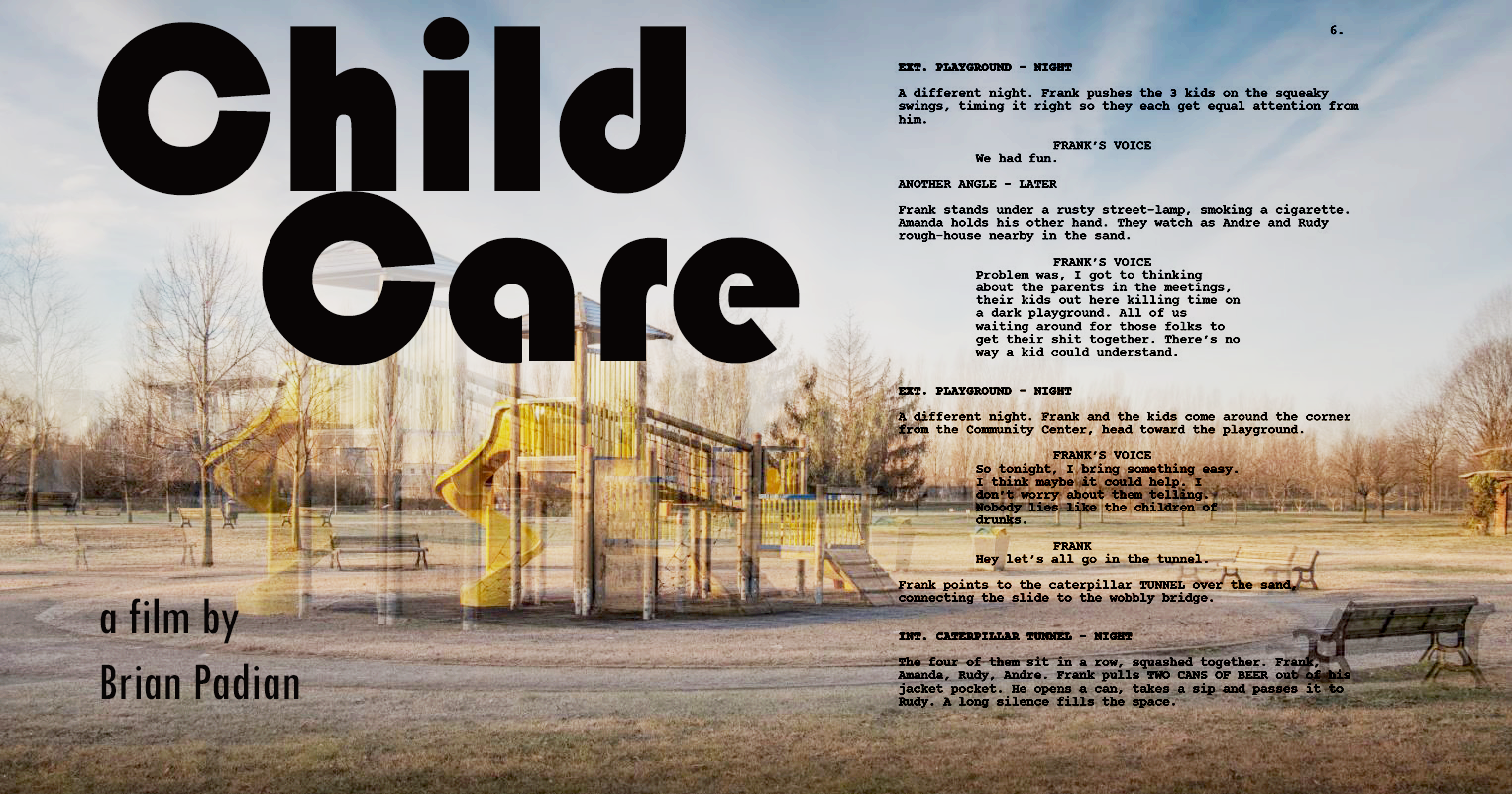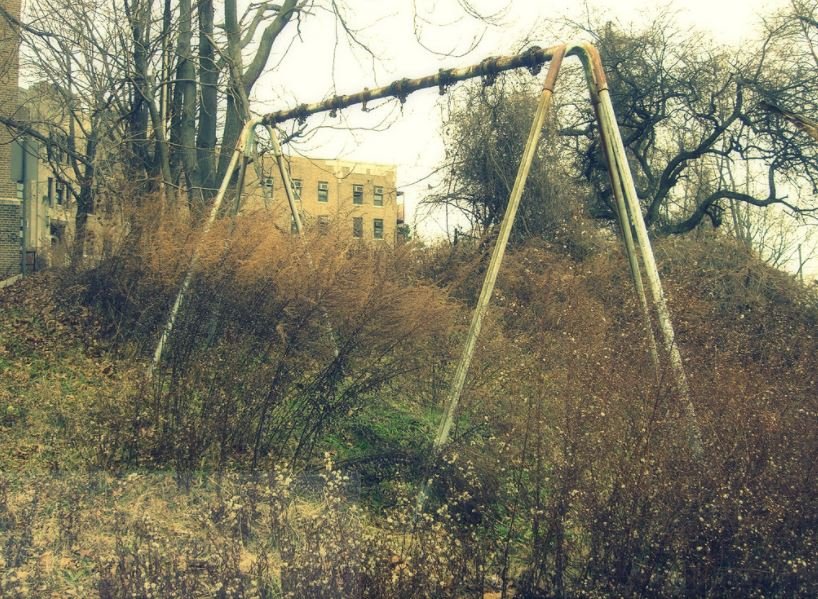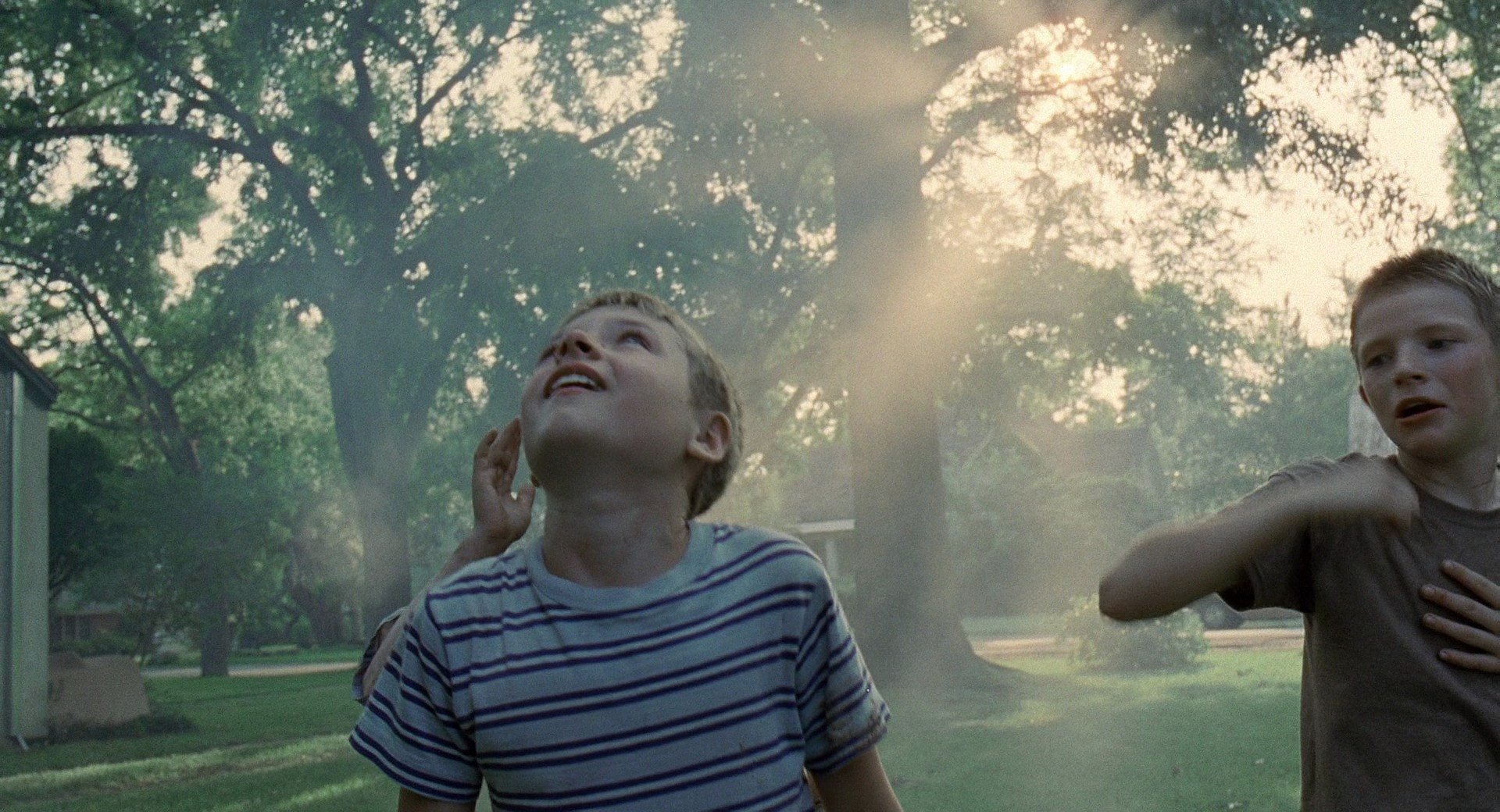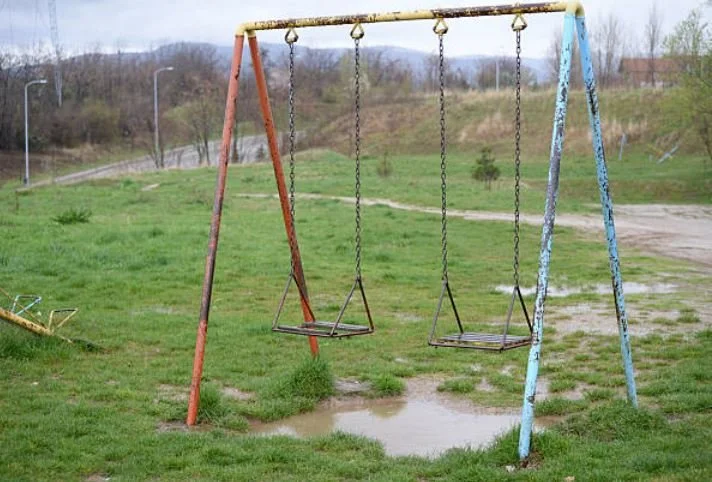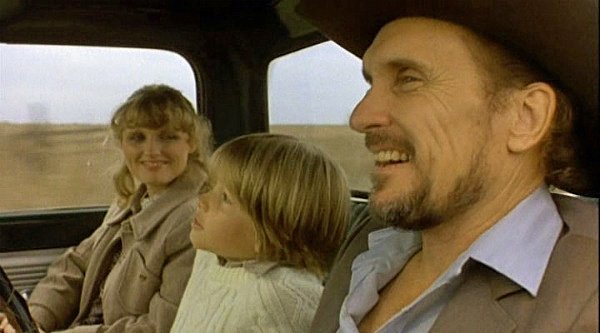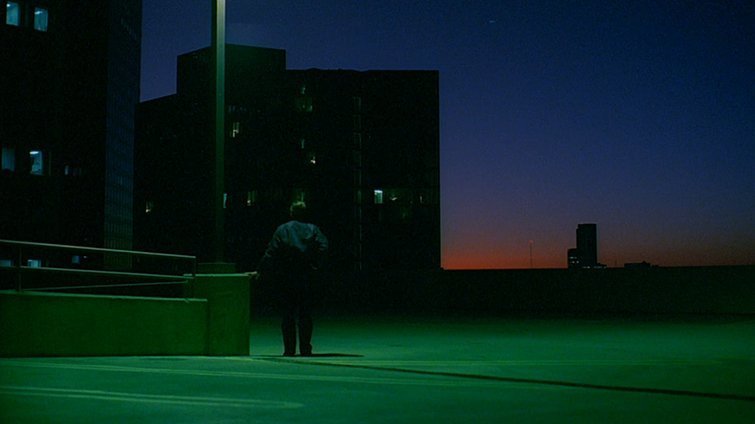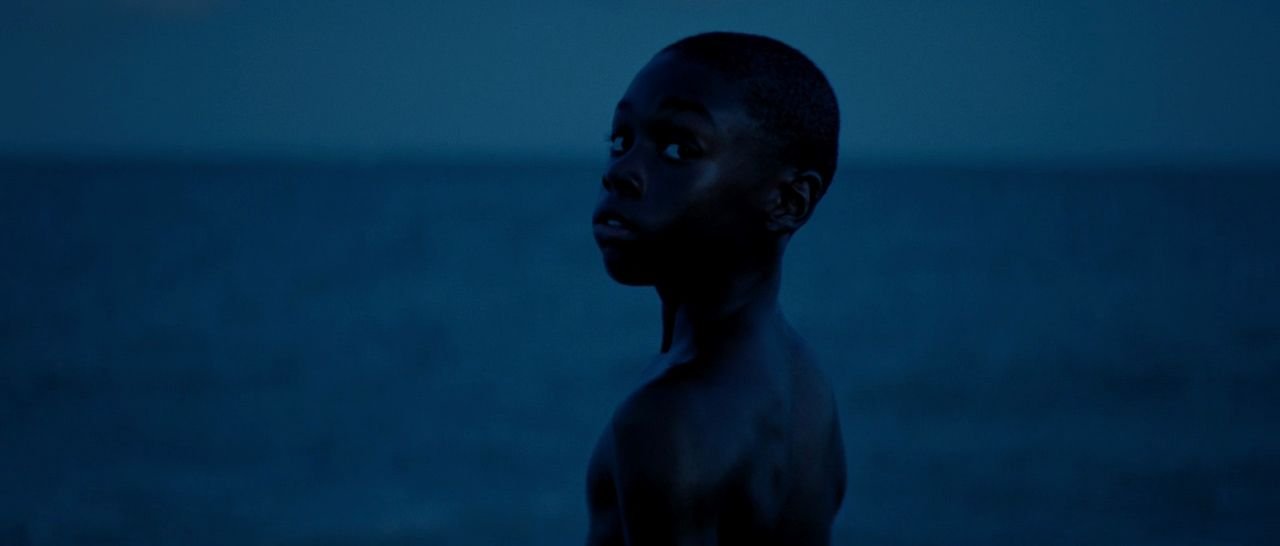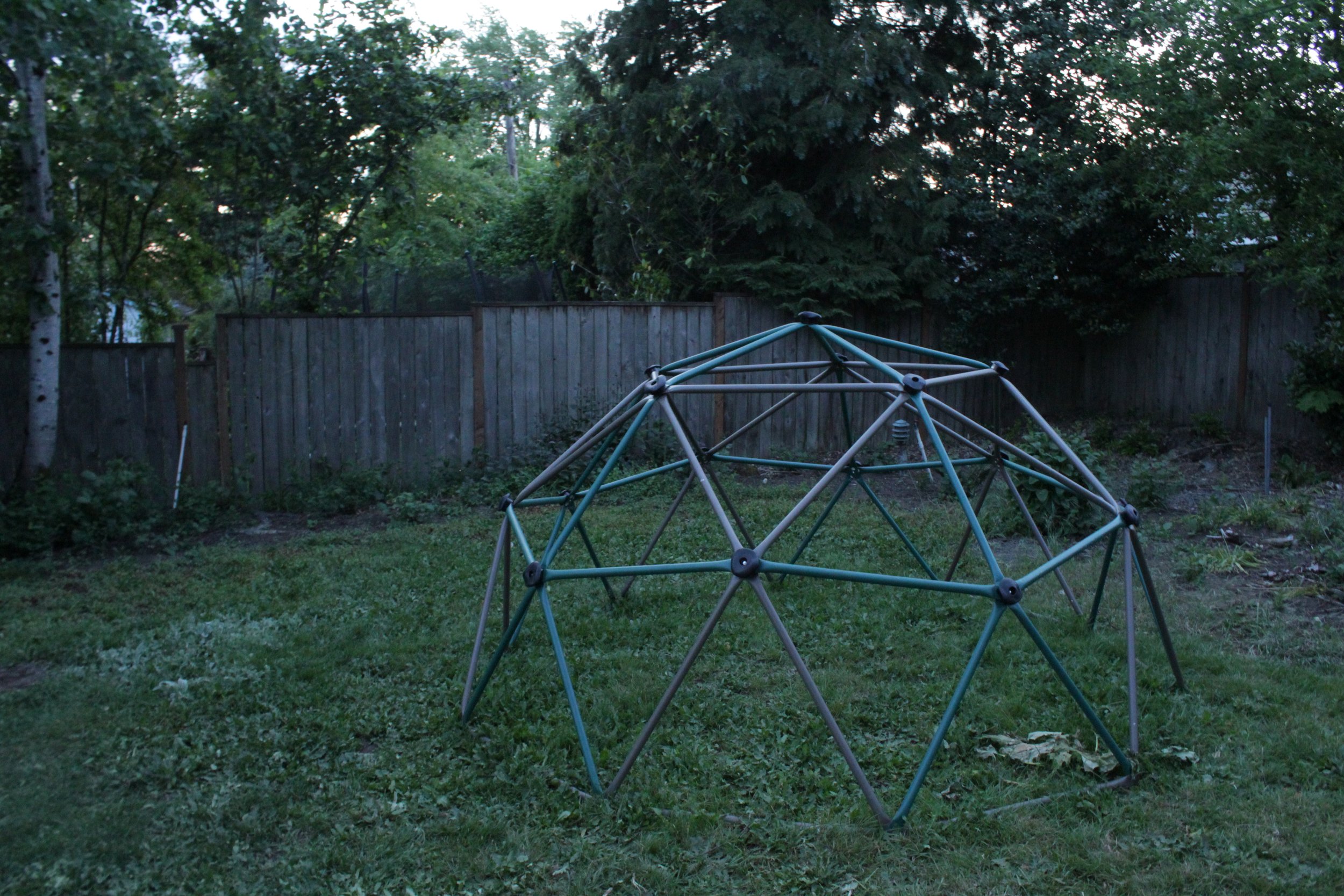
about: Frank is adrift and aimless after his partner abruptly leaves him. In an attempt to turn things around, he signs up to watch three children for an hour or two every evening while their parents attend recovery meetings. One night he makes an ill-informed decision that changes all of their futures. Based on the short story by Margaret Malone (who granted me film rights.)
length: 10-12 minutes
status: finalizing script and budget, seeking financing, casting soon
production: early 2025
visuals and vibe: paris, texas + moonlight + tender mercies + tree of life
questions or script request: contact me here
